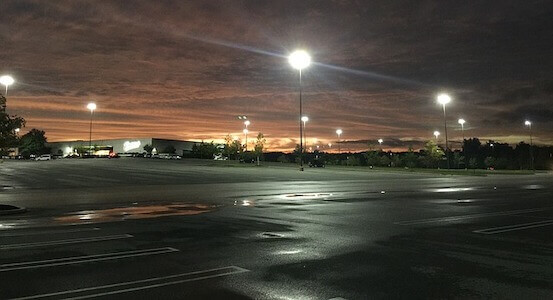
Safer Truck Parking
December 4, 2018
About Load Boards
December 20, 2018Where Instinct Meets the Road
We’ve all heard this phrase: “Where the rubber meets the road.”
It’s the point where we meet the real challenges. Example: You spend all month studying for a test, and it’s not until you sit for the exam that the rubber meets the road.
(It was a year ago that our VP Cori Eckley had that very experience and became a Certified Transportation Broker.)
Especially in our third-party logistics world, “where the rubber meets the road” has special resonance. We tend to take it at face value and not so much as a metaphor. We always have our carriers and their safety in mind.

Where Rubber & Instinct Meet the Road
When you factor in the 4.12 million miles of roads throughout the nation, including Hawaii and Alaska (with some 47,500 miles of that comprising the Interstate Highway System, that’s a lot of rubber meeting the road.
With that, we want to shine a light on developing and evolving technologies, all of which promise to streamline and automate our driving experiences.
The Internet of Things promises to connect our electronic components into a cohesive whole. We can already sit at the breakfast table in winter and push a button and turn on our vehicles in the driveway so that it will be warm when we leave for work. Our fridge can tell us that we need more eggs.
For a long, long time, our dashboards have alerted us that somebody’s seatbelt isn’t fastened. Or our fuel is low. Services like OnStar offer automatic crash response, emergency roadside assistance, crisis and stolen vehicle assist, and turn-by-turn navigation.
Chris L’Ecluse of Teletrac Navman has a terrific guest essay at Trucks.com, discussing the cautionary tale that extreme automation has become. He writes that drivers
“may become so reliant on automated safety technology that their defensive-driving capabilities suffer as a result. When drivers lean on safety technology more heavily than their human instincts and professional driving experience, it can lead to more crashes.”
Right now, the competition for attention and revenue from various companies is fierce, which leads us to another phrase: all that glitters is not gold (Willy Shakespeare wrote that one). Maybe one day we’ll be able to verify that technology measurably reduces accidents and fatalities, a goal we absolutely support.
L’Ecluse, again:
“Truck drivers are the lifeblood of the transportation industry. Their unique skills and experience on the road are an asset to any fleet, but as they gain more experience driving alongside technology on a daily basis, it’s important they remain on high alert and drive defensively without completely relying on that technology to improve their driving and create a safe environment on the road for everyone.”
Until we fully balance the technology with the human on the highway, a driver’s instincts— well-trained, experienced, always erring on the side of caution—are our best measure of proactive and reactive safety. Right now, that’s truly where the rubber meets the road.

